There are a few common mistakes that people make when planting perennials.
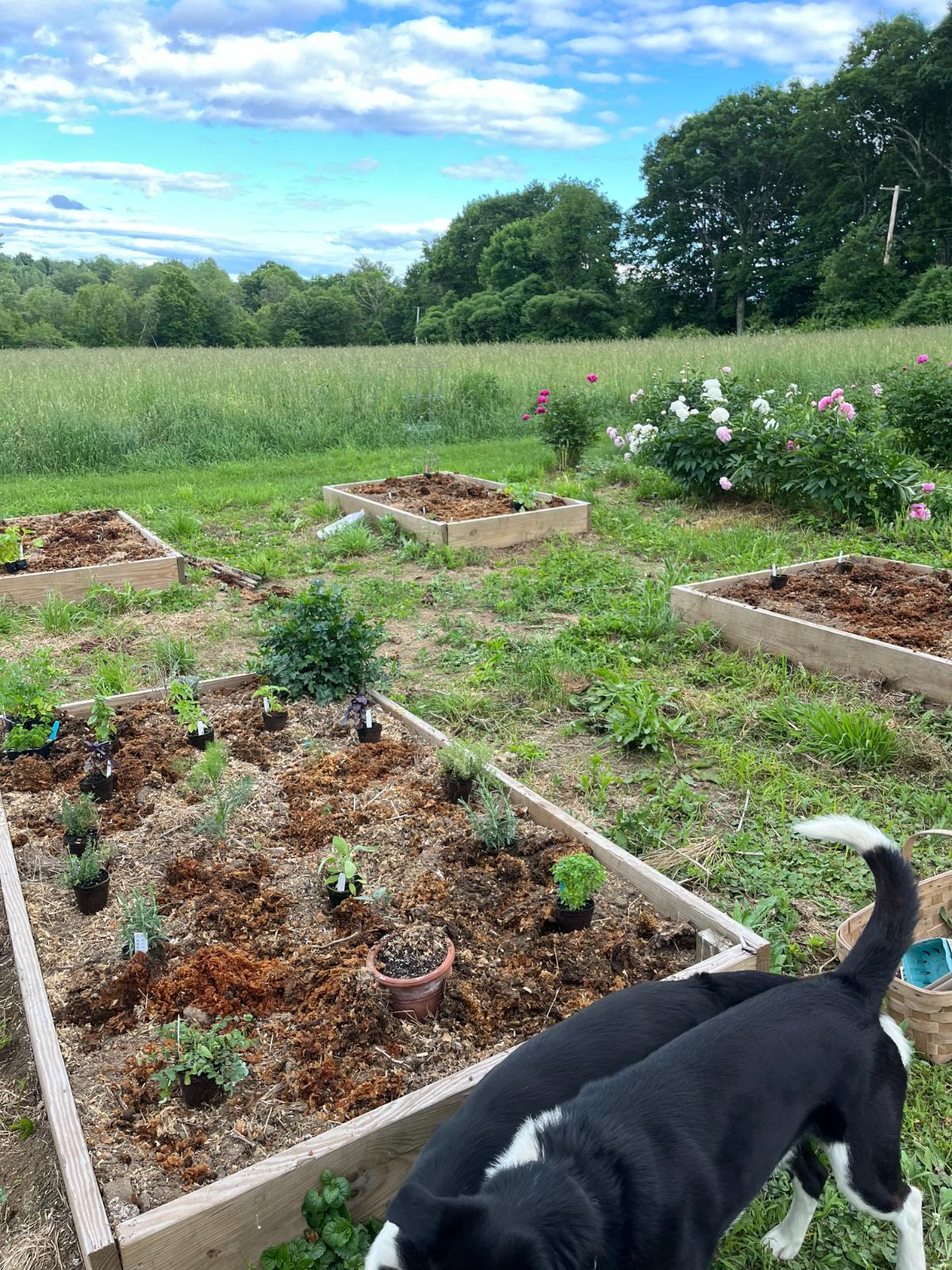
It’s easy to think that these things are no big deal, but these are the things that can set your perennial garden up for failure – or at least slow, stunted, lackluster performance.
Fortunately, these things are simple to do before, during, and after planting. So, you don’t need to make these perennial planting mistakes, and you can correct some if you’re making them!
Jump to:
- Limiting Planting to Certain Times of the Year
- Planting Perennials That Don’t Belong in Your Zone or Location
- Not Choosing the Right Location for the Right Perennial Plants
- Ignoring light requirements
- Ignoring soil preferences
- Ignoring Drainage Requirements
- Not Grouping by Similar Growing Habits or Conditions
- Planting Too Deeply
- Not Watering the Plant Pot Before Planting
- Not Watering the Planting Hole
- Not Watering After Planting
- Not Watering Frequently in the Early Weeks
Limiting Planting to Certain Times of the Year
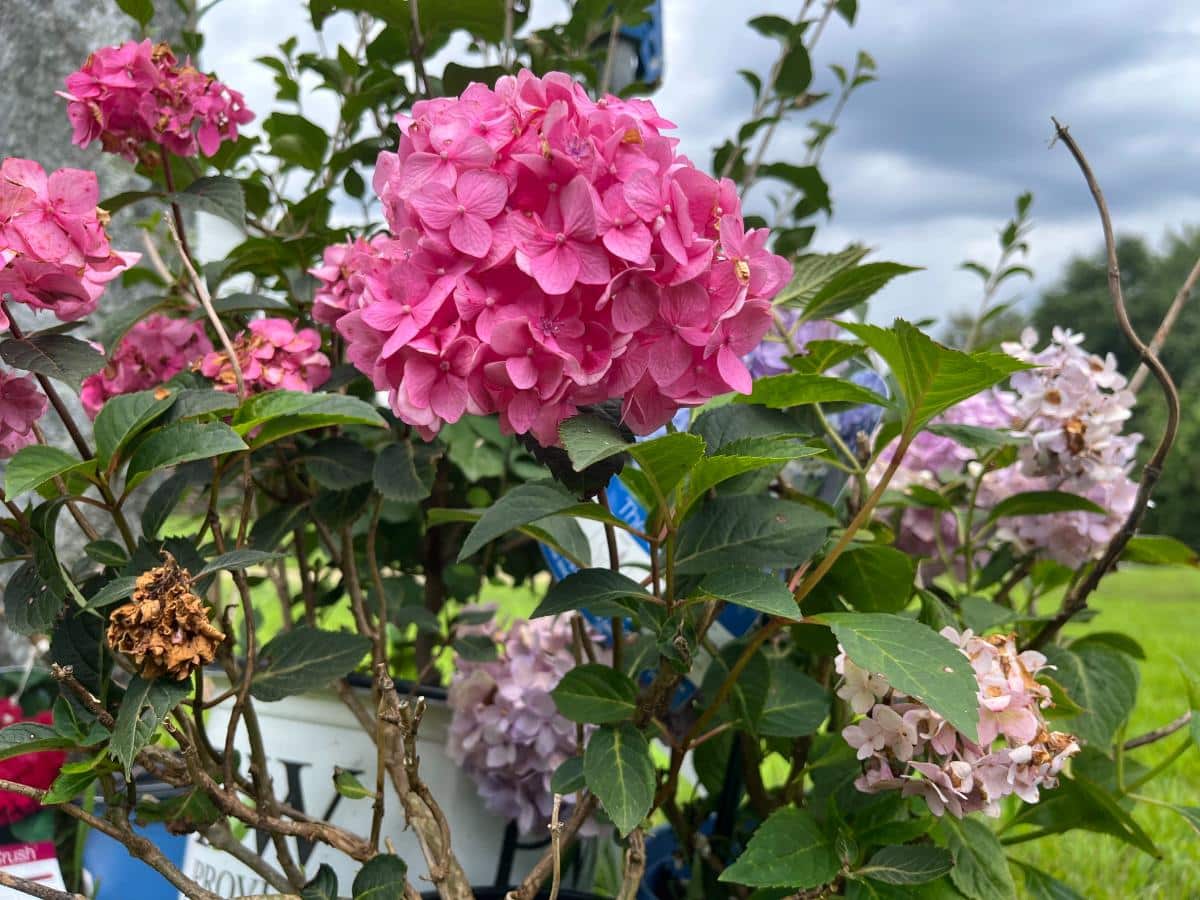
Let’s get this out of the way right off the bat.
Yes, spring is a good time to plant perennials. It’s good because it is cool, but days and sunlight are lengthening, and there is more moisture (typically) in the spring. Perennials planted in the spring have the entire growing season to get well established before they go dormant.
Fall is also a good time to plant perennials. Fall is good because the cooler weather is less stressful. It’s better because the plant can go dormant and then will be ready to burst to life in the very early spring.
What you might not know is that summer is a fine time for planting perennials, too. It can be a good time to look and see and refresh or revive color in your perennial bed. Yes, there is an increased chance of heat stress, but good planting, care, and extra watering will overcome that in most gardens.
We simply need to do away with the idea that you can't plant perennials if you miss the fall or spring window.
By the way – this goes for dividing and replanting, too!
Planting Perennials That Don’t Belong in Your Zone or Location
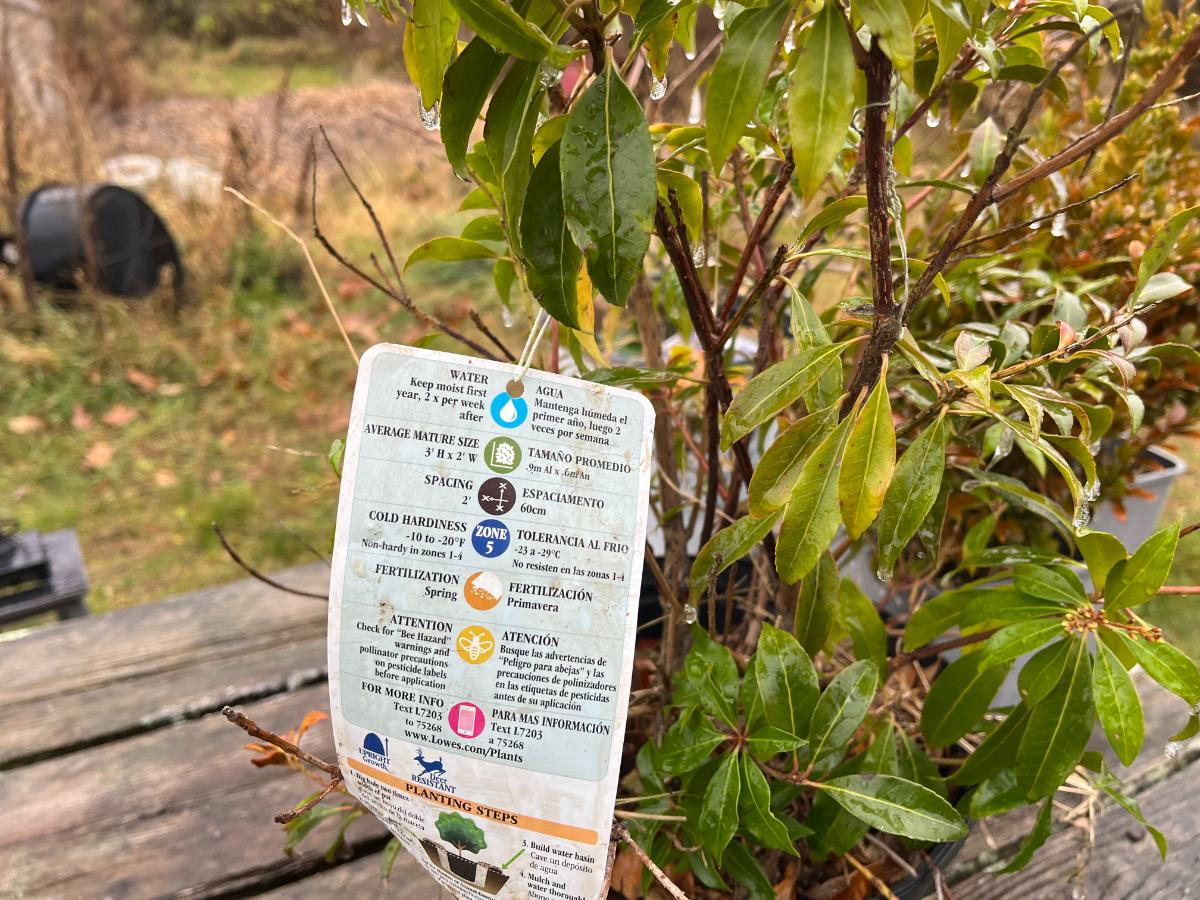
If a perennial is not labeled as being hardy for your zone or location, skip it. Plant something that is.
Too often, we waste time, money, and effort on trying to grow a perennial in our gardens because we want it. But if it isn’t hardy enough to survive your winters, there’s no point.
Keep in mind that just because you find a perennial in your local “big box” store doesn’t mean it is appropriate to grow in your location.
These stores have buyers spread all over the place who don’t always pay attention to what should or shouldn’t be sold in a given area.
Do yourself a favor – if you question whether that plant can live where you do, double-check.
Not Choosing the Right Location for the Right Perennial Plants
Our idea of where we want a certain type of plant to live doesn’t always align with what that plant’s real living conditions and requirements are. When we try to make plants live in sun or shade or in soil that isn’t right for them, we set them up for failure.
And then we wonder, What went wrong?
We did.
Choose the right plant for the right location. Don’t try to make a plant live where it won’t get what it needs or where it will have more of something than it can handle.
Ignoring light requirements
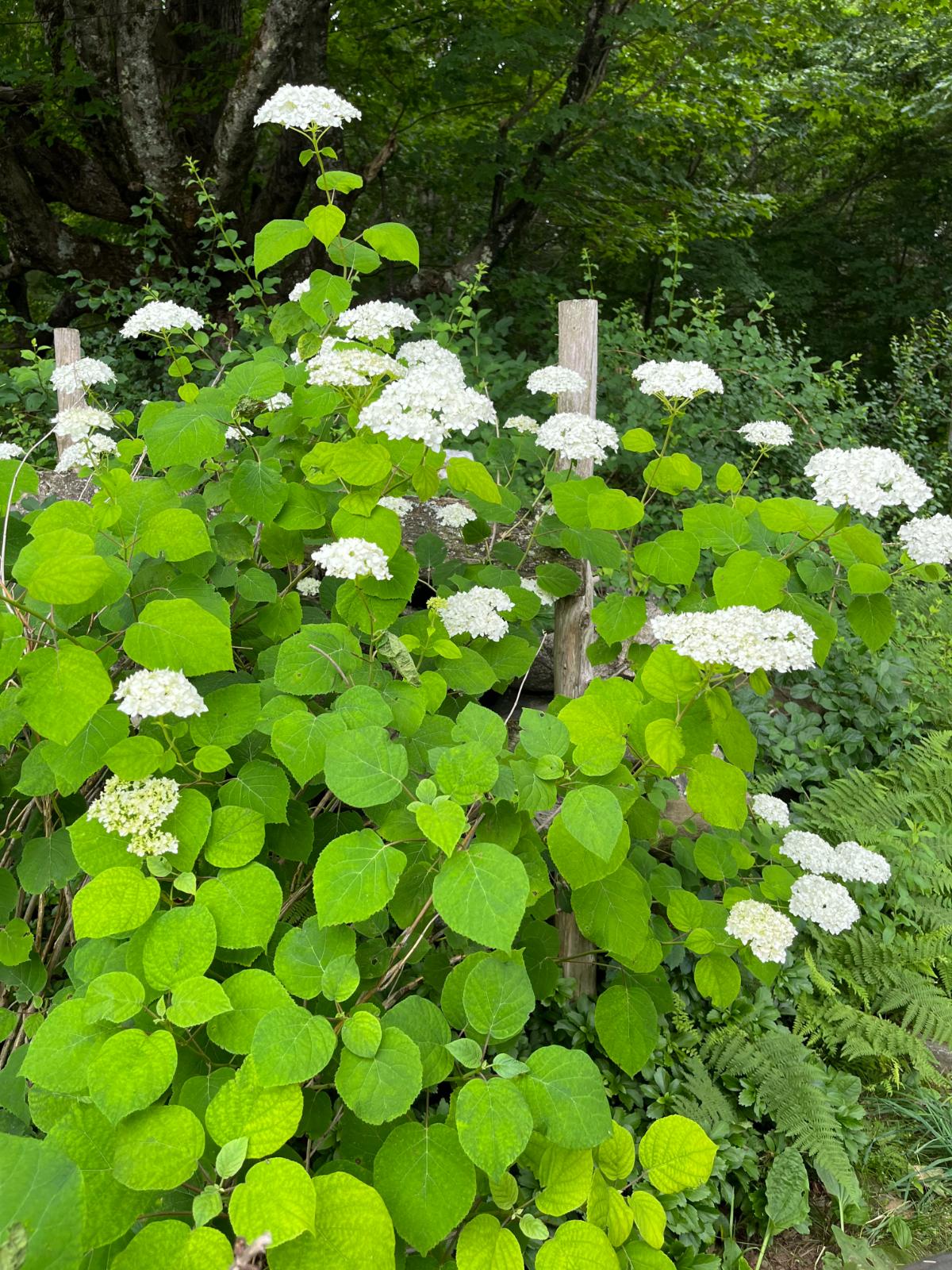
With only a few exceptions, plants will either prefer full sun, partial sun/part shade, or full shade. A few plants will do well in either, but not many.
If you don’t give a plant the sun it needs, it may slowly die or just fail to thrive and stay small and unimpressive.
If you give it too much, it may be prone to burning or drying out too fast. Its colors may look faded and dull, and it might just not grow like it should. Plants may not flower in low light if they aren’t made to take it. Fruiting plants may not yield.
The bottom line is, know what the right level of light is for the perennials you are planting, and then put them in that level of light.
If the light and the plant don’t match up, get a different plant instead.
Ignoring soil preferences
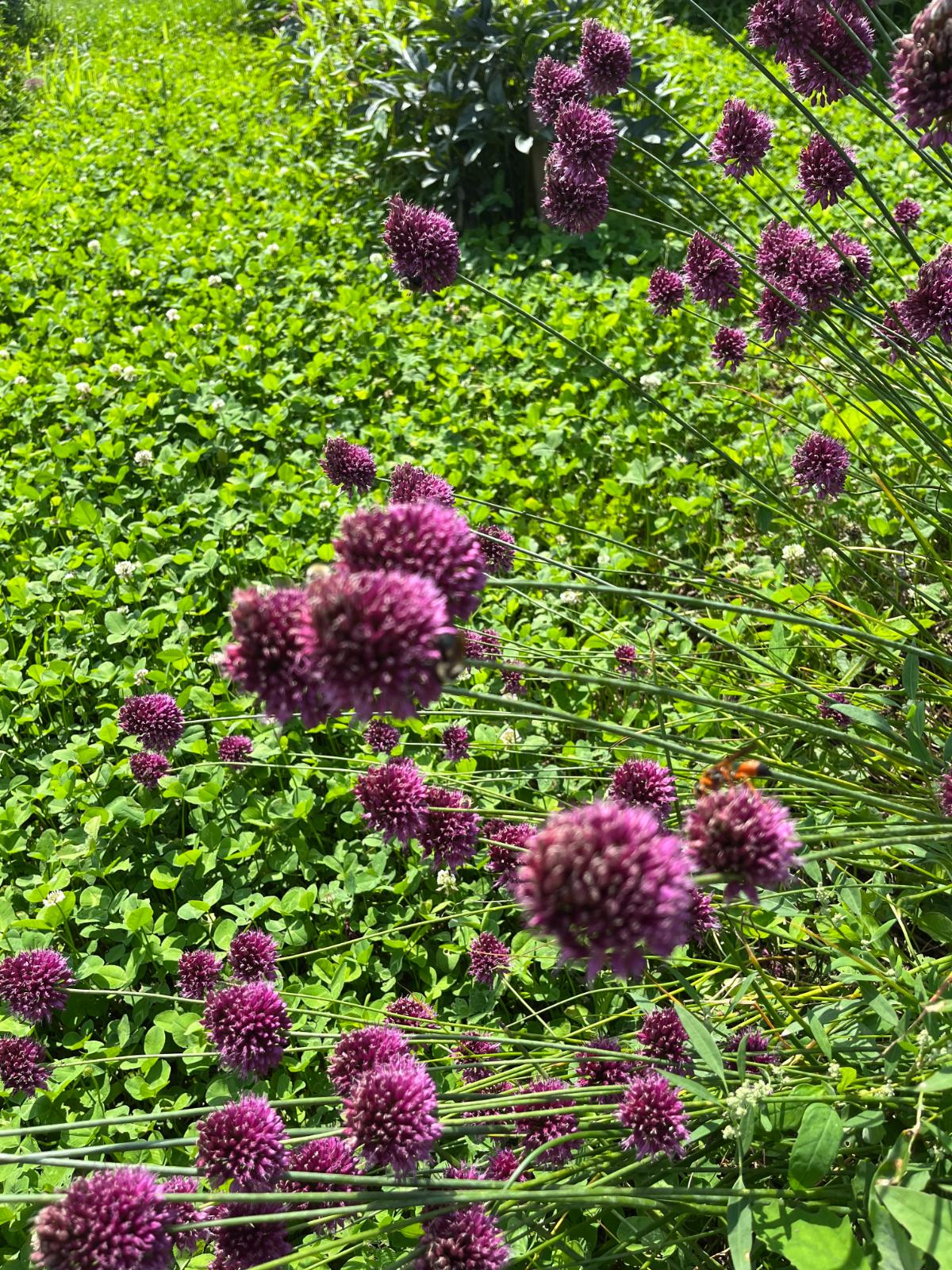
Your perennials may be Mediterranean types (like a lot of herbs) that need drier, fast-draining soils.
Or they may be plants that need a lot of rich, loamy soil and lots of nutrients from that soil.
You may even have plants that like to live in very moist conditions or even in standing water (or near to it).
Just like with light, if you try to force a dry plant where a wet soil-loving plant should live, you’ll end up with a plant that can’t grow, will fail to thrive, and will probably die of root rot or fungal disease.
Give your plants the soil conditions they need. If you need to, amend and build up soils for loam-loving plants. If you can’t make the soil right, find a different plant that’s right for the location.
There’s a perennial plant for every space!
Ignoring Drainage Requirements
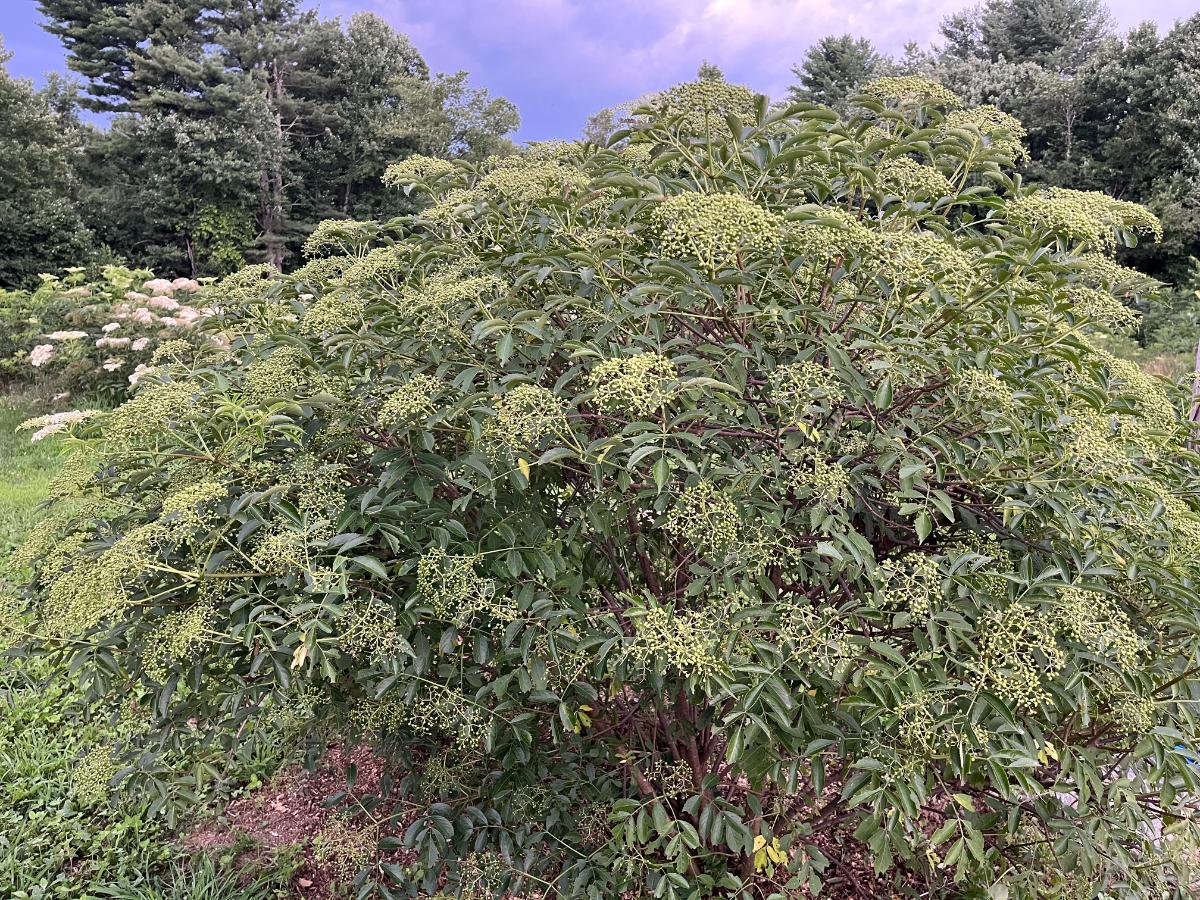
Don't ignore it when a description or label says a plant needs well-draining soil. These plants will need a quick drink and then water that falls away so it doesn’t leave their “feet” wet.
Also, don’t ignore it when a label says plants need moist or wet soil. They need that so that water stays in place long enough for the plants to adequately drink and maintain themselves between rainstorms or watering.
If there is heavy clay in the soil, that will hold a lot of water and offer little in terms of nutritional support. There are only a select few plants that can live there.
Not allowing for proper drainage (or moisture) is a sure way to kill a perennial plant that isn’t supposed to be in those conditions. Don't try to hedge this one. There’s only one way it ends.
Not Grouping by Similar Growing Habits or Conditions
If you group your perennials together according to their growing conditions and requirements, it will be a lot easier to tend and maintain your garden.
Plants that have high water requirements should live in the same general area. Then, when you water for those higher requirements, you won’t drown out a plant that only likes occasional rains or low amounts of water (like succulents and cacti).
You’ll have a better-looking perennial garden by grouping like with like because then everyone can get what they need without suffering because their close-by neighbor likes a nightly drink or likes to go weeks without one.
Planting Too Deeply
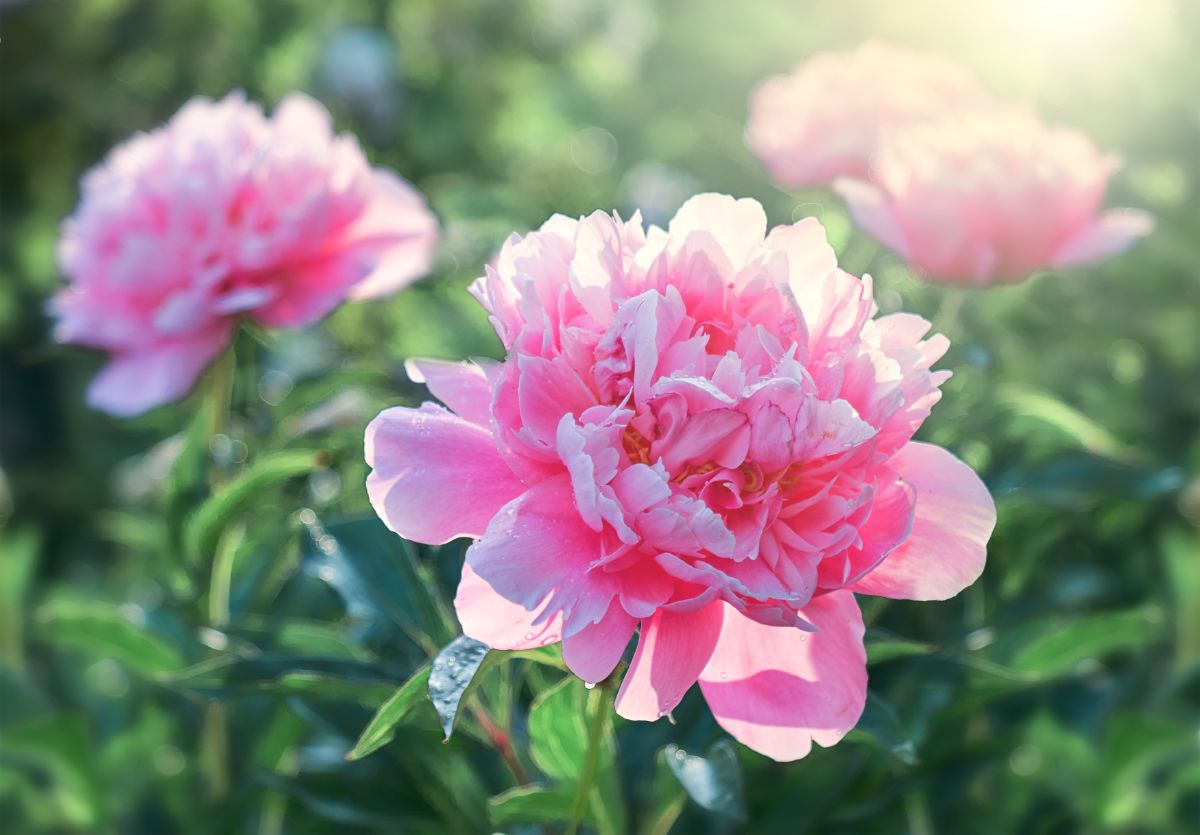
Not all plants like being planted too deep in the ground. A few can benefit from it if they can grow new roots from the portions that are sunk and buried, but most perennials don’t want to be planted this way.
They won’t perform properly, and they might even get rotten roots or stems and die off.
If you plant some perennials too deeply, they may live but not really thrive and not live up to your expectations.
For example, peony roots should only be planted with buds about two inches below the surface of the soil. Potted peonies should be planted just even or with a light covering of soil over the top of the potting soil.
When you plant peonies too deeply, they may grow, and you may get large bushes but not flowers. If you’ve ever had peonies that grow well, large and green, but you don’t get flowers (or very few), this is the main reason why. Try raising the tubers in the soil and see what happens next year.
If you plant seeds, tubers, and bulbs too deep, they might not be able to reach the surface of the soil and breakthrough. Often, they’ll rot or die off instead.
Deeper isn’t always better. Know what depth your plants want to be planted at.
Not Watering the Plant Pot Before Planting
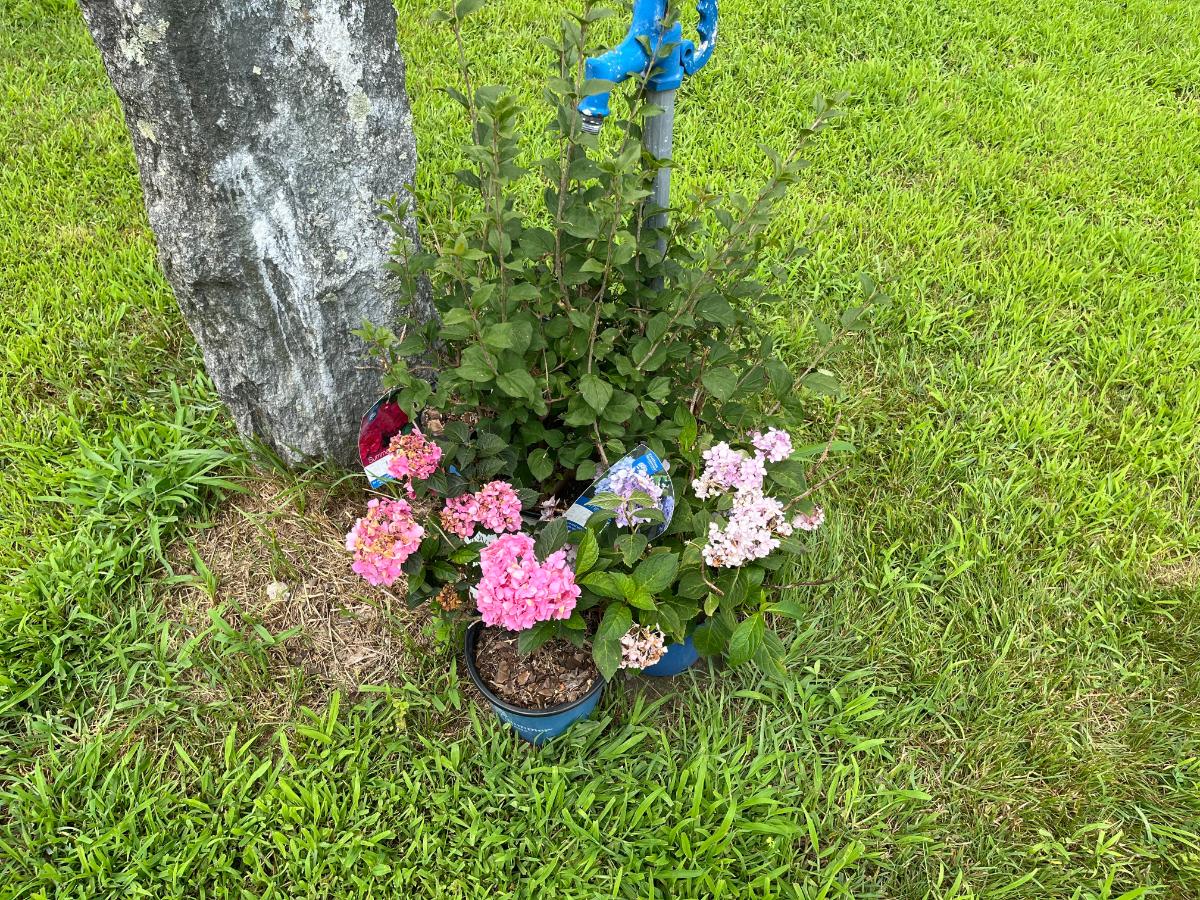
We often ignore watering the plant in the pot before we plant it in the ground, thinking it’ll get watered when we’re done. But it is best to water your perennials in the pot before planting.
Water the pot thoroughly, then let it sit while you prepare the hole.
This will allow the plant to get a good, long drink and be completely hydrated before you start disturbing it and its roots.
Not Watering the Planting Hole
You should also water the watering hole. Run enough water to fill the hole, then let it sink in for a few minutes.
The point of this is to make sure there will be plentiful moisture at all levels for the roots. It also ensures there is moisture deep in the ground for the lowest roots.
Watering the hole primes the ground soil with moisture, too, so it won’t pull moisture away from the moistened root ball area and the ground moisture will disperse at a slow rate, allowing the plant to still have access to it.
Deep water sources encourage roots to grow down, making a deeper, stronger access and anchoring structure.
This will help to prevent roots from growing too shallowly, where the soil will dry out the fastest. Shallow perennials can become uprooted in storms or over winter.
Not Watering After Planting
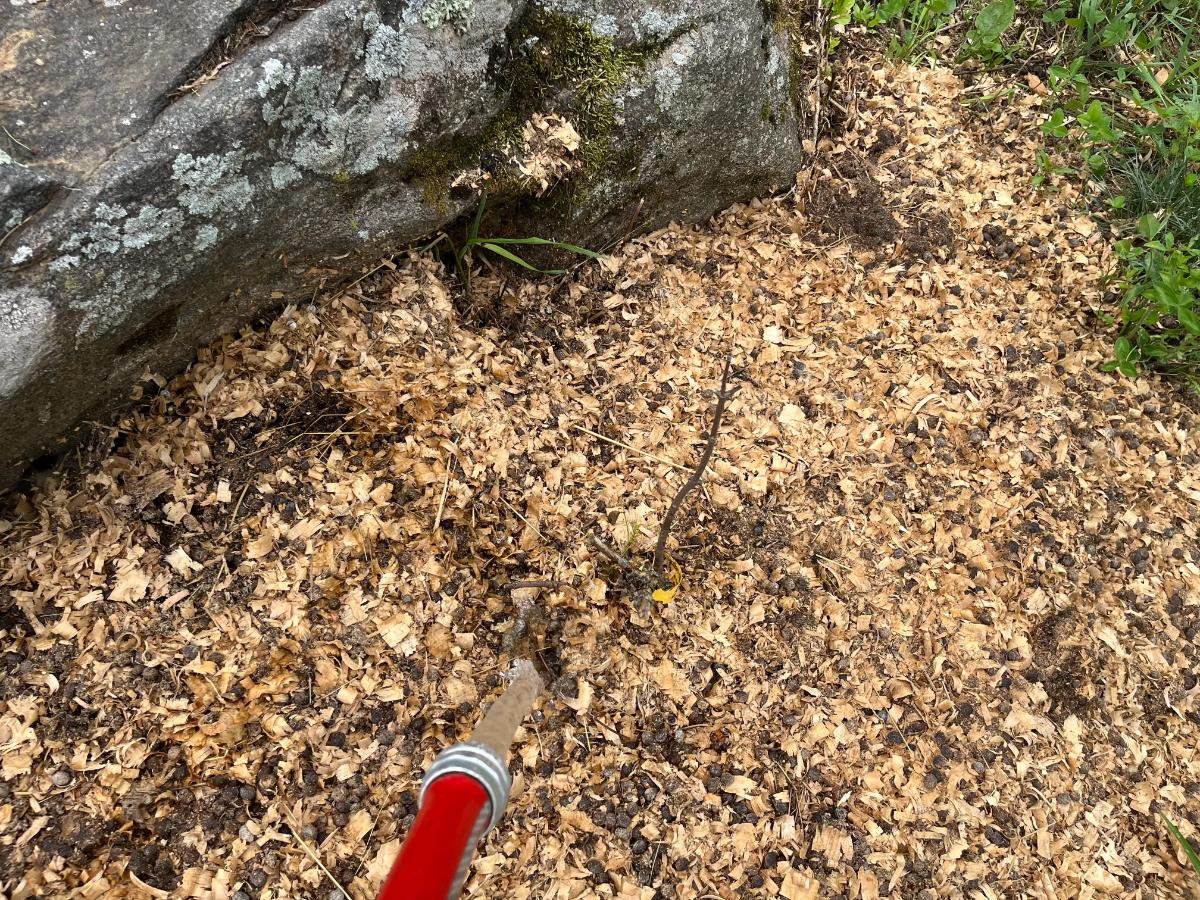
You might think that because you’ve now watered the soil and root ball and then the planting hole, the perennial doesn’t need any more water from you on planting day.
Not so.
Water thoroughly again from the top.
This does a couple of things
- It settles the soil around the plant and helps to remove air pockets (large air pockets in the ground can cause root death or root pruning)
- It completes the moistening of the soil at all points around the plant so all the soil in the immediate area of the plant has moisture for the plant to access
Planting day is not a time to skimp with water. It’s not a time to worry about overwatering. That’s for later.
Not Watering Frequently in the Early Weeks
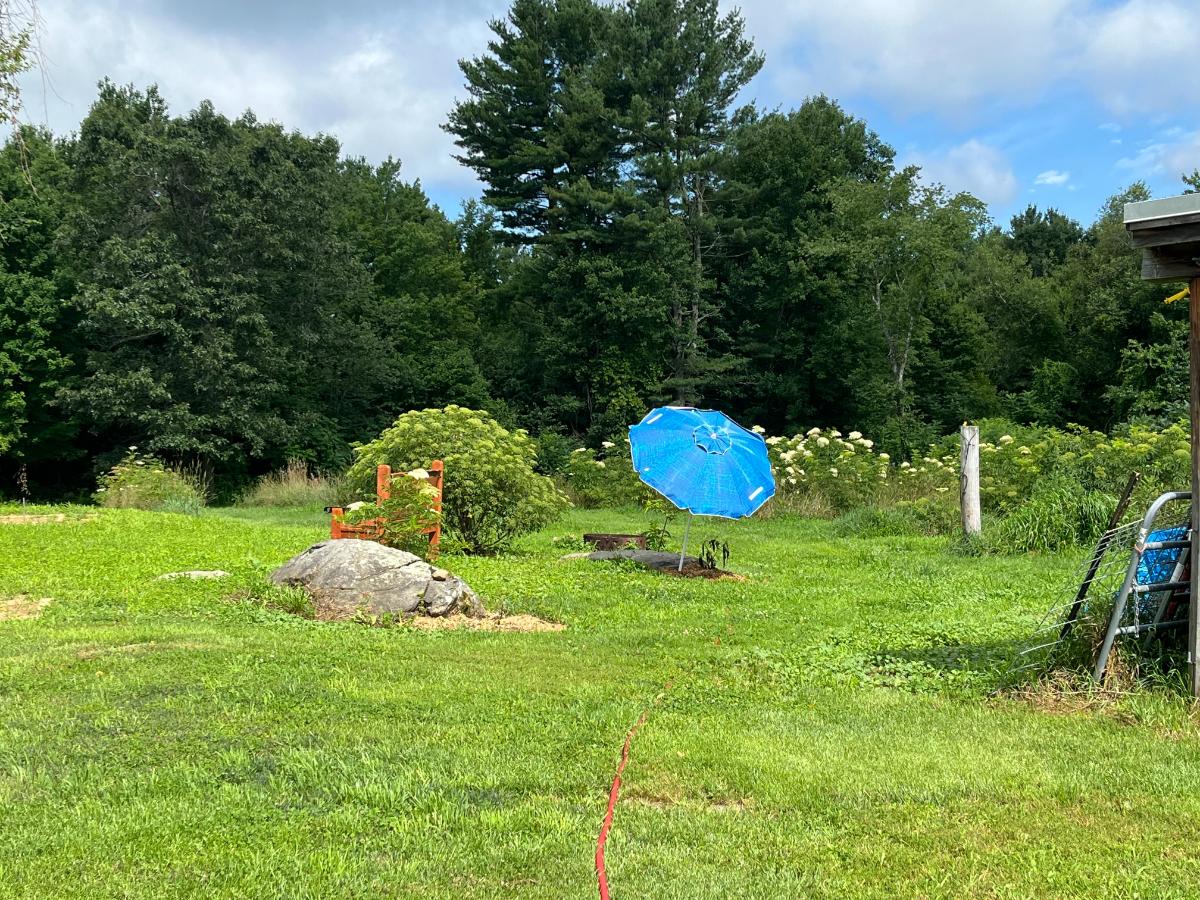
When you first plant your perennials, they should be watered more frequently than the normal one inch of water per week.
Depending on the time of year and the weather, you may need to water as often as every other day in the first two weeks. After that, you should be able to gradually reduce the watering, but the plant will still need more water than it will as a mature plant with large roots and access to groundwater.
Keep in mind that when you first plant your perennials, the roots will only be able to access moisture that is in the immediate area of the root ball – basically the size of the pot it came out of. It hasn’t stretched out enough to find more water.
To see if your plant needs more water, observe the plant for signs of wilt. Dig down an inch or two in the soil. If the soil is moist, you can wait to water.
If you are getting enough rain to keep the soil consistently moist, you may not need to provide extra water, but you need to at least check.
By the time your new perennials have been in the ground for four to six weeks, you should be cut back to just watering on a normal demand for ground-planted perennials.
*We start most perennials in the ground from potted plants or transplants but keep in mind that if you are starting from seed, you’ll need even more frequent watering because the seeds may only be an inch or two in the ground. Also, once they germinate and grow, their roots will be shallow for a long time, so you may need to water seeds more frequently for more than just the first 4 or 6 weeks.
Doing this will set your perennials up for good, long lives and years of enjoyment. Along with the other planting tips in this list, your perennial garden will have the best start that you can give it.

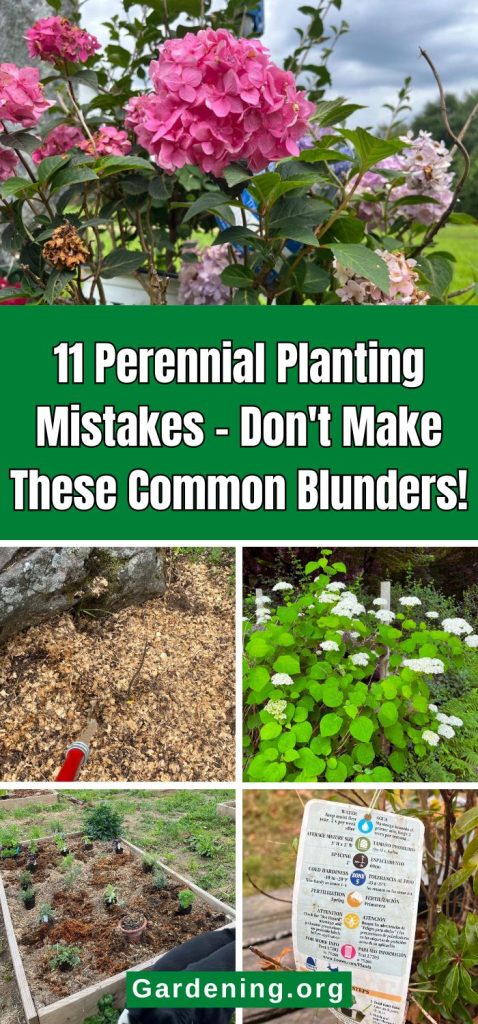
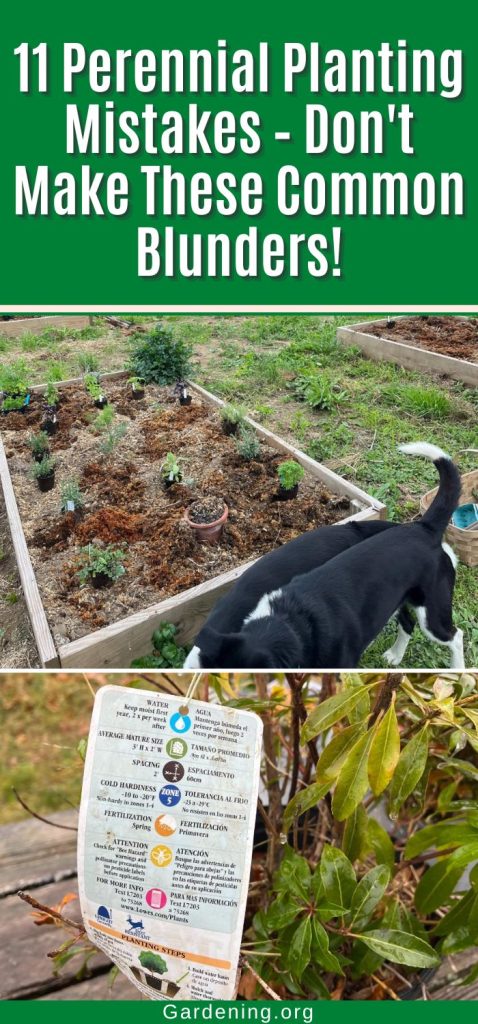
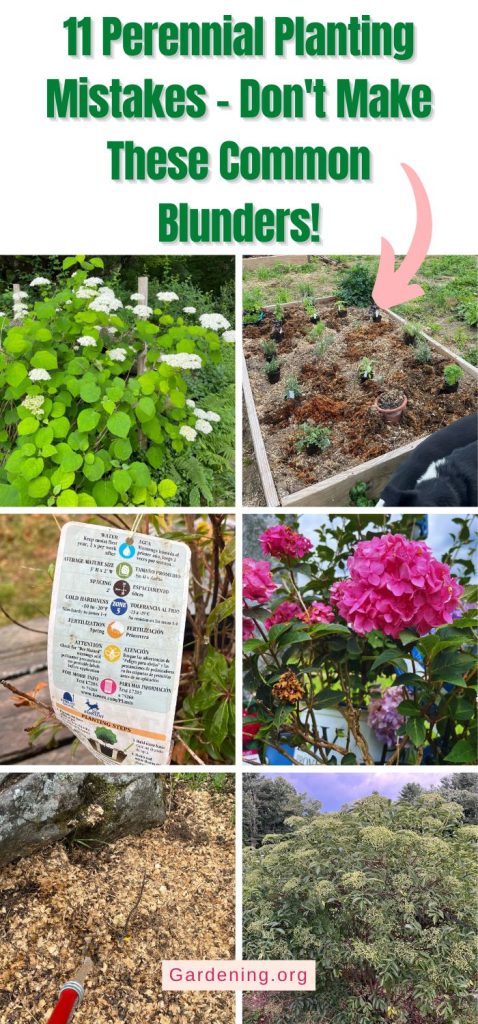
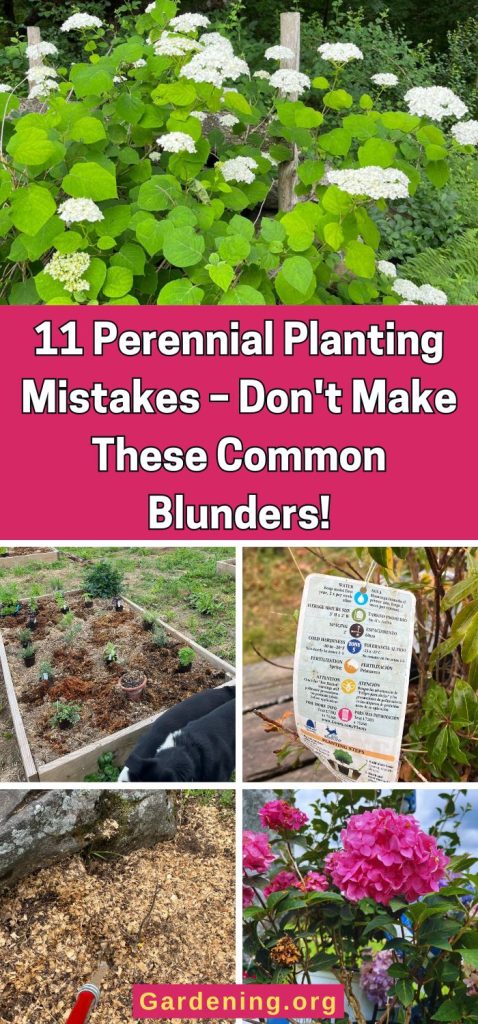
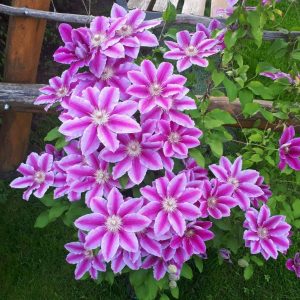
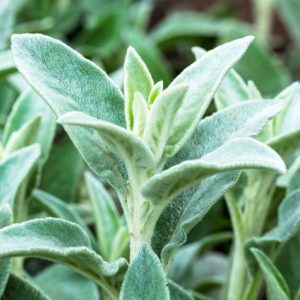

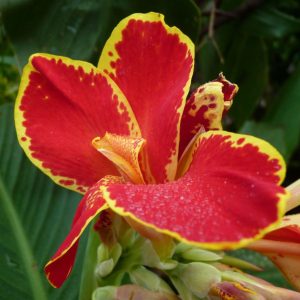
Paula
I am finding the information from this site very helpful. Thank you so much.